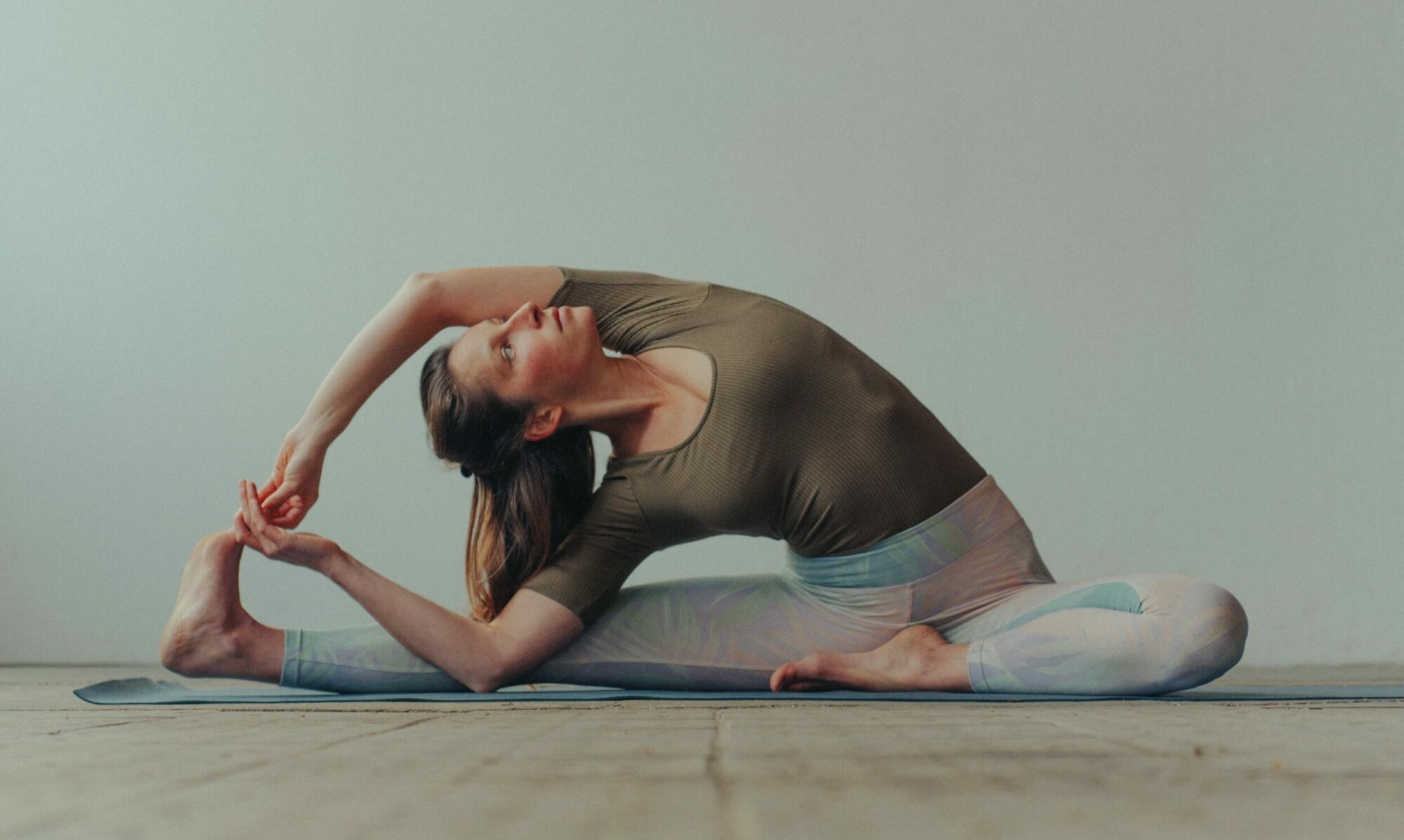Fascia Yoga
In the course of global fascia research, various movement and training approaches in sport are changing, including in yoga. However, due to the new hype, many people are also looking at existing movement approaches and declaring them as fascia yoga.
If you know the criteria for how fasciae are addressed, you can judge for yourself what type of movement actually has an effect on the so-called tensegrity and elasticity of the fasciae. For example, you need multiple and varied movement stimuli that provide new impulses and overcome habitual movement patterns. As well as springy movements that charge the fasciae with energy and finally discharge again like a catapult, as can be observed in the jumps of animals. In stretching, there are very specific stretching stimuli that are specifically aimed at the fascia tissue and have less of an effect on the muscles. These include maximum stretching to which a muscular tension is added. Or a melting stretch with different stretch directions, as can be observed when stretching cats – to name just a few criteria.
Current status of fascia research
Dr. Robert Schleip, also known as the “Fascia Pope”, researches tirelessly and networks scientists worldwide. His Somatics Academy provides information on the latest fascia research. Click here for their YouTube channel.
This film provides an insight into the findings of fascia research in 2018. The researchers themselves have their say and describe their approach in person.
In sport, fascia training has long since found its way into the training plan as the fourth component to strength, endurance and coordination. All types of sport benefit from the new findings, which have been known for some time in osteopathy and some therapeutic approaches. In the current yoga scene, yin yoga, Pilates or various hatha yoga approaches that are said to contain fascial elements are propagated as fascial yoga. Whether they really have a fascial effect and whether they can sometimes be described more as gymnastics than yoga – everyone must form their own opinion on this!
Bowspring
The Bowspring is a “post-classical, avant-garde hatha yoga approach” that has been developed by Desi Springer and John Friend since 2013.
The Bowspring sees itself as fascia yoga, which activates deep layers of connective tissue through biodynamic mechanisms and works out and raises awareness of the overall physical context of biotensegrity.
“The traditional asanas are varied and virtually transcend themselves,” is how John Friend and Desi Springer describe it. The body can move creatively and develop a natural dynamic. They see this further development as a necessary response to the sedentary lifestyle of many people today.
Here is a simple introduction to Bowspring:
In the following video you can see very clearly how the various stimuli are applied to the connective tissue. For example, “melting” stretching, stretching while tensing the muscles and lots of springy movements.
If you are familiar with fascial movement, you will find some aspects of it here. Whether you can still recognize the classic yoga positions, however, is questionable.
Continue to the next yoga style: HathaYoga
